Fructose is a monosaccharide which the human body can use for energy. It is also called fruit sugar since it is mainly found in fruits. Compared to glucose, it takes the body twice as long to absorb it and does not require insulin which is why it can be safely consumed by diabetics. Our muscles cannot use it directly - it has to be processed by the liver first.
The main source of fructose in nature is honey and fruits. Unfortunately, in our modern day these are not its main source.
Today, when foods with refined carbohydrates stalk us at every corner, fructose does not enter the body through natural sources. It is obtained from sugar (which is 50% fructose) and from the so-called high fructose corn syrup (HFCS).
Beginning in the 80s of the last century, a quiet revolution began in the production of food and drinks. Manufacturers gradually began substituting sugar in their products with high fructose corn syrup. Back in 1970, over 80% of the sweeteners consumed in the US were just plain sugar.
Use of High Fructose Corn Syrup
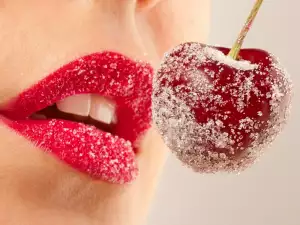
High fructose corn syrup is obtained through enzymatic hydrolysis in corn starch and is very high in fructose. This is a caloric sweetener used to sweeten many beverages and foods.
Since it is about 75% sweeter than sugar, cheaper and longer lasting, high fructose corn syrup is used in a wide array of foods and drinks. Besides its ability to increase the shelf life of products, it mixes a lot easier with liquids and preserves its sweetness better than sugar.
There exist several types of this syrup but the most used in the food industry are HFCS 42 and HFCS 55. The former contains about 42% fructose and is used to make confectioneries, while the latter contains 55% fructose and is used in sodas.
High fructose corn syrup helps bakery goods brown, which is why it is used in different cakes, pastries, grain biscuits, biscuits and others. Basically, high fructose corn syrup is currently found in all processed foods and beverages - from Coca-Cola to cornflakes and other cereals, white bread, fruit juices, ice creams, cakes, instant soups and a bunch of others.
Dangers of High Fructose Corn Syrup
Table sugar has been labeled a white poison and consumption of it has significantly decreased in the past few years. As if to make up for this, consumption of fructose in the form of high fructose corn syrup has increased by over 2.5 times. It must be noted that this is dangerous because excessive consumption of fructose substantially threatens human health.
Small quantities of fructose, taken every day from honey or fruits will not pose a health hazard. The problem arises when the daily amount begins to exceed 10% of the total caloric intake.
In high amounts, high fructose corn syrup is not only not dietetic, it is outright dangerous to health. The main reason is that before fructose can be used as muscle fuel it must first be processed by the liver.
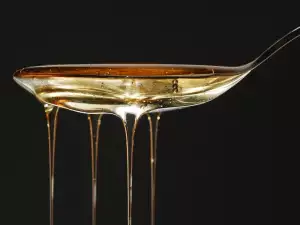
Its capabilities in handling this task are not so proficient and once fructose enters the liver in greater quantities, it is processed into fats that increase the levels of triglycerides in the blood. The high levels of triglycerides increase the risk of developing cardiovascular problems, insulin resistance and diabetes.
There is hardly any difference in the molecular structure between natural fructose, high fructose corn syrup and sugar. The difference lies in the quantities, the time it takes the body to absorb them and the presence of other substances.
Even though high fructose corn syrup and sugar contain about the same amount of fructose, the 2 are not identical. The fructose from the corn syrup is absorbed much faster. The perception that high fructose corn syrup is safer and more natural is completely wrong.
Another key difference between natural sources of fructose, sugar and high fructose corn syrup is that the last 2 provide only empty calories to the body. They don't provide minerals, vitamins or other nutrients - only sugar.
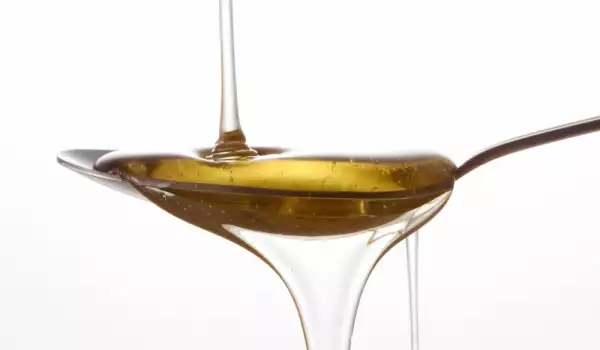
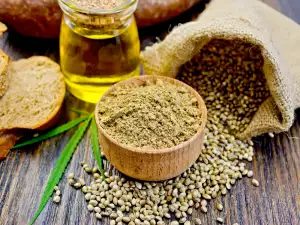

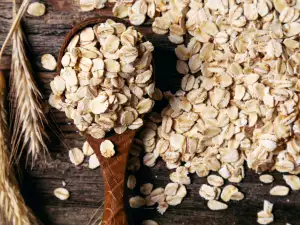
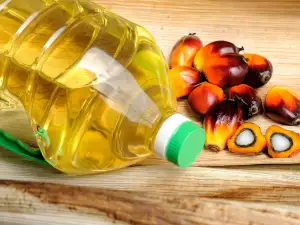


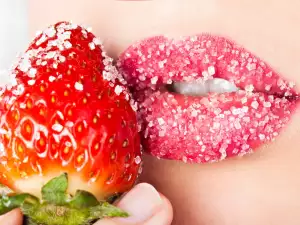
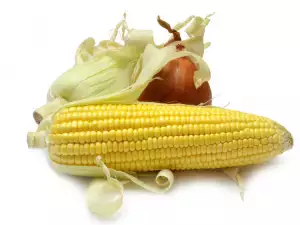
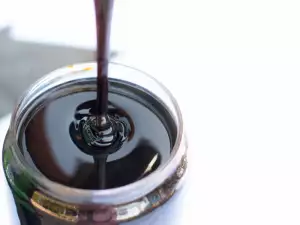
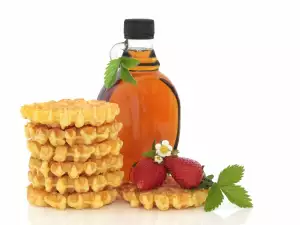
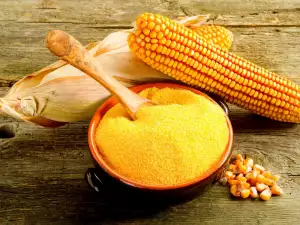

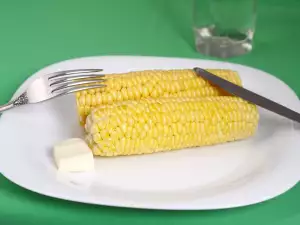





Comments